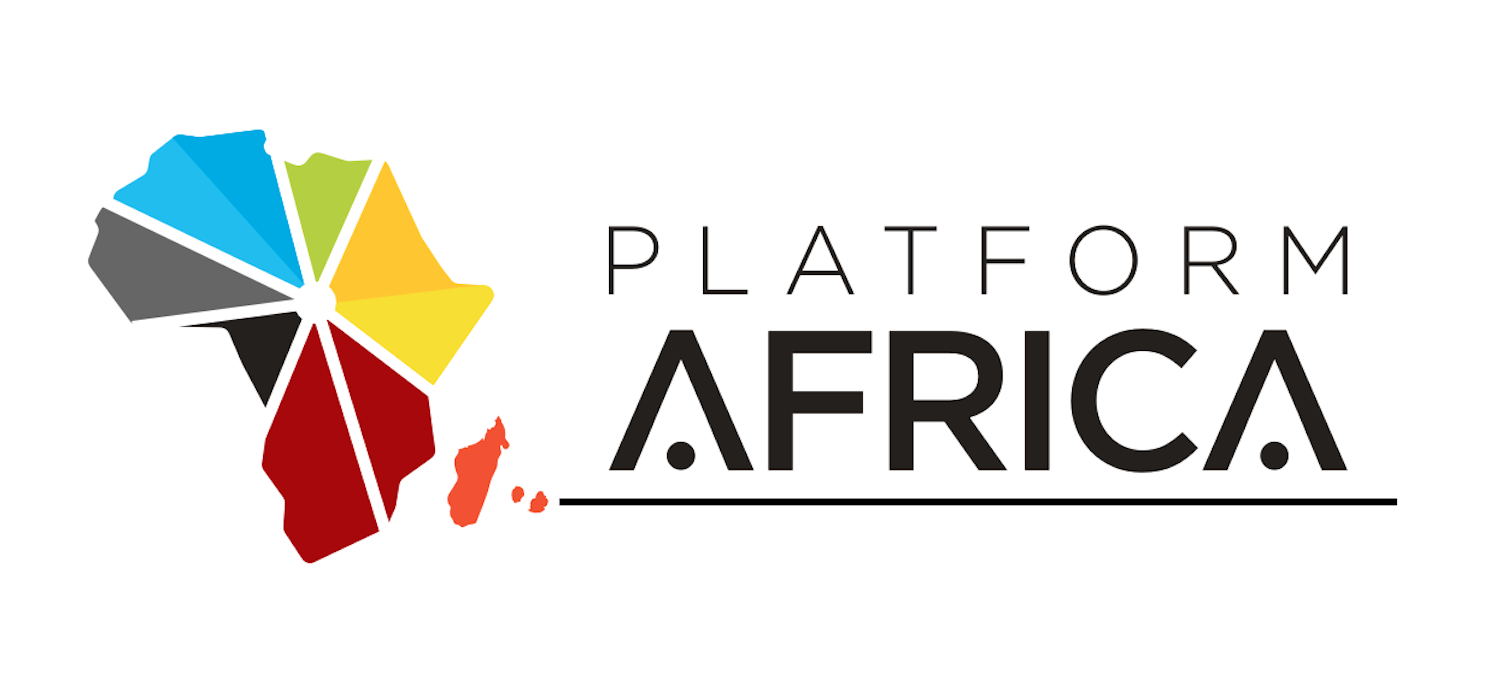The GMEX Group and the Realisation Group held a webinar on Thursday, 11 March 2021, to delve deep into the cutting-edge report ‘Out on a Ledger: How the advent of Exchange 4.0 will transform trading ecosystems?‘
Hirander Misra, Partner at Digital Partners Network, skilfully moderated the discussion and asked probing questions from experts at some of the firms pioneering the new world of crypto asset trading such as Anoop Nannra, Global Blockchain Segment Leader at Amazon Web Services; Charles Kerrigan, Partner at CMS London; Duncan Trenholme, Co-Head of Digital Assets at TP ICAP; Jessica Naga, Director Responsible for Legal and Compliance at SECDEX; and Nicholas Philpott, Director at Zodia (a joint venture between Standard Chartered and Northern Trust).
Hirander started the discussion by noting that exchanges had come to be regarded as multiple vertical silos representing different stocks traded in non-fungible ways, but how was this model set to change, given the advent of bitcoin and blockchain? How can those exchange models, typically crypto being retail focused and the traditional exchanges being B2B, start to converge?
What is Exchange 4.0?
Duncan Trenholme of TP ICAP stated, “If the internet was a new technology that allowed for media sharing of information across the globe, blockchain distributed ledgers built on the internet are a way for doing that with value. Exchange is all about the transfer of value – how do we transfer value on top of this new technology from price discovery, through to trade execution, clearing and settlement and custody solutions on top of that value.”
Jessica Naga of SECDEX added that, from a legal point of view, Exchange 4.0 is the creation of a cross- jurisdictional ecosystem which harnesses legislation for the optimum creation and trading of digital assets, such that it is simpler, faster, more cost effective and secure.
Nicholas Philpott of Zodia noted that, from his perspective, Exchange 4.0 is the next step in the evolution of market infrastructure. He urged for a model that strikes the right balance between reaping the benefits of technological scale and harvesting the network effects of having brokers, market markets, settlement staff and exchange operators under the same roof.
Main challenges in the way of Exchange 4.0
Hirander asked the panelists what the key challenges in the way of Exchange 4.0 were – while naming a few to his mind such as outdated thinking or legacy mindsets of the traditional model vis-à-vis the new world where the new proponents essentially want the exchange to go decentralised.
Anoop recalled that in 2014-15, there was a big rush to T+0, or same-day settlement schemes. However, it was clear even back then that it was not a tech issue that was preventing T+0 from actually being realised but market structure. He categorically stated, “When you look at the ecosystem just in the US, there are probably 6,000 participants that are trading and participating in exchange activity. You have the buy side and the sell side, and the buy side likes to play the 3-day flow. There is a bucket of money that is being made in the three days. So, is that going to be the dominant problem.”
Jessica took the analogy of email to explain why it was taking market participants so much time to adopt the new technology: ‘It took 30 years for people to believe that emails are better than post and for it to become the preferred method of communication’. She went on to compare emerging markets in a favourable light by noting, “Sophisticated jurisdictions are proving to be very cautious in supporting digital assets or allowing the regulated digital ecosystem to build. On the other hand, I have seen Mauritius, Seychelles and BVI to be more supportive of FinTech. They are more agile, faster in terms of approval timelines and cheaper to work in.”
Duncan explained that there has to be a strong business case for clients to try the new infrastructure, for instance a factor of ten improvement in terms of costs and efficiencies. To his mind, it was crypto as a new and exciting asset class that would prove to be the true motivation for customers to move to the new infrastructure.
Charles added that the opportunity for private market securities was huge as these markets were plagued by poor asset discovery, poor price discovery and almost non-existent secondary trading – and that people’s expectations were set at a high bar by the way they have been able to trade in crypto.
For his part, Nicholas emphasised that It is about being customer-centric but there is an element of trying to educate the market, paraphrasing Henry Ford who said that if he had asked his customers what they wanted, they would have simply said, ‘A faster horse’. He concluded on the note that it is not so much about ‘providers changing but the customers themselves changing and it is incumbent on the providers to anticipate what those changes will be.’
What does the current model look like, and where does the market need to go?
Duncan noted, “There are some fantastic businesses and liquidity platforms out there that are servicing that market currently. Some of them have evolved in a certain structure which is necessary when an asset class is new, and you don’t have other businesses to collaborate with. In future, if you look at crypto asset markets, the long tail of that is you have price discovery, order book, settlement and clearing all happening on the blockchain. At the moment, with the infrastructure you have on the open source blockchain, do you have the speed to do that at scale? How about roles in future?”
Nicholas added that he characterises this phenomenon as a race to the middle, with a ‘blue’ corner that has crypto natives that are looking to become more institutionalised themselves, while in the ‘red’ corner are the institutions that are trying to unbundle processes.
“Within SCB, we created a separate entity Zodia. We are not a bank, we are a subsidiary, we can be a lot more agile, we are a lot smaller, we can create our own tech stack without the encumbrance of legacy infrastructure – the spaghetti that the Head of Deutsche talked about. Meanwhile, the mothership (SCB in this case) is trying to make all those changes to transaction processing systems, general ledger, the single data platforms – seismic things that sound trivial. Unbundling the banks and trying to have those two different sets of speeds, one is agile and small, the other that brings the balance sheet, that’s how we do it.” He opined that the final element will be a partnership between the ‘red corner and the blue corner’ through acquisitions and mergers, among others.
Anoop added that there are obvious compliance and regulatory concerns that have to be addressed besides operational issues such as simplifying the user experience for the actual buyer and seller.
“I look at it as the internet democratised access to data and blockchain and distributed ledger technology – one is democratising innovation itself but at the same time it is also democratising access to capital. We have to be receptive to the idea that there are going to be retail and institutional cross plays that the infrastructure just needs to be able to support,” he emphasised.
What are the obvious benefits of digitalisation that clients are seeking?
Charles answered this question by noting that digitalisation is going to have all the benefits in the markets ecosystem that it’s had in the rest of the world – such as information transfer and the ability of multi-party transactions to take place in a more efficient way in real time. “You have got obvious participants in that market – for securities, you have issuers and investors – and this is simply a marketplace performing the usual function of connecting issuers and investors, except that all of that happens better digitally,” he noted.
Jessica added that, based on her work in Seychelles and Mauritius, she is seeing a lot of interest in clients looking at this new structuring material. “I am actually telling them we can tokenise, we can list with SECDEX and there are others coming hopefully sooner than later in the African markets. We are seeing people looking at tokenisation of art, gold, expensive wines, wine farms, hotels – you name it. Another one that I am seeing a lot of is REST (Real Estate Security Tokens) which is rendering an illiquid and idle asset, liquid.”
Charles agreed that real estate would soon be a significant tokenised asset class in most jurisdictions. “We have live examples of tokenised assets in all those transactions – I have done rare whiskey as well. Having said that, these things are pretty conventional, and there are real transactions in this space already,” he added.
What must the industry beware of?
For his part, Duncan urged the industry to avoid the ‘pet.com’ mindset of the ’99 dotcom era, to resist mindlessly using blockchain and distributed ledger technology to ‘tokenise something’. “What people forget, amid a mindset of build it and they will come, is that it has to solve a problem for an underlying client. If costs can reduce dramatically and if you look at portfolio construction – instead of saying I want to get exposure to real estate in the US, for instance, if you can get a lot more on the point exposure, say, I want to long this building in Manhattan, short this building in Manhattan then you can get a lot more specific tailoring of a portfolio based on the fact that it’s cheaper.”
Anoop added that ‘this is still a giant experiment, and as an experiment we are learning a lot.’ He cautioned that the Life Cycle Management of digital assets is something that the industry must get right the first time around. “I don’t believe we will get a second go at getting it right. If regulators and policymakers see it as a failure, they are going to make recommendations to those in power that would impede further growth and development. As a space, as an industry, it is on us to make sure that we are taking very pragmatic approaches to this area and the experiment, that we are reporting and communicating the insights and outcomes of this experiment in an open and openly debatable way.”
How can the old infrastructure and new infrastructure co-exist? What are the trends?
Nicholas noted that the underlying data languages must be harmonised, cautioning that “if you have all these different systems speaking different languages, then it doesn’t really matter if the infrastructure can speak to each other, because you will have to talk through a translation. We must make the right efforts to get around the data standards. The traditional financial industry has addressed it to a point, with things like the fixed Financial products Mark-up Language (FpML) for example. Then beyond that are other standards, accounting standards, for example. The groundwork has to be done on those standards, to help all of the systems work together.”
Nicholas also spoke about evolving roles, and how the market evolution is forcing custodians to change themselves slightly. “Yes, you are a custodian, you provide fund type services, but you are also providing payment services, because you’re the interface to the blockchain and in some ways you are also becoming a clearing house,” he emphasised.
Duncan added that he would like to build on Anoop’s point about this being a big experiment. “If you were to look at it from a regulator’s eye, you’d be worried at times about due diligence standards, and that by and large is being done by the industry itself and very well in some instances. Here at TP ICAP we look to what’s happening in decentralised finance (DeFi). Look at the way Bitcoin is being tokenised on Ethereum and utilised there. Bitcoin’s strength is resilience, but it compromises on programmability. Ethereum is much more open to programming on top but by porting Bitcoin across and using it on that platform you get the benefit of both worlds.”
Charles noted that, “One trend I see that the regulators are looking at service providers as systemically important not just as market participants in the financial markets. The second is that regulators will not be able to keep pace with the speed of the experimentation that is happening in this area, DeFi being a good example. A lot of the conversation is around markets and traditional financial institutions, but we are aware of the statistics around the amount of capital that is invested in DeFi and the number of projects going there.”
How must regulations evolve, and which regions are in focus?
Jessica underlined that, “In the African region, we need to find cheaper, faster, more efficient solutions. The benefits of, for example, tokenisation using digital assets are obvious. It is more transparent. It is reduction of cost. Cost of doing business in Africa is a huge hamper to growth. I see it in my clients every day. So new solutions are definitely necessary, and disintermediation is very important in reducing costs in the region. In Mauritius, the regulatory norm allows a digital exchange to operate without investment banks, investment funds, and you would have total peer-to-peer trading and interaction. It is the way we need to go in the region for practical and business reasons.”
For his part, Charles indicated Luxembourg as one of the jurisdictions that has run ahead. “They are updating their rules for digital security issuance. You can put native assets on the blockchain and that is recognised. There are US states that have made advances as far as their company laws are concerned. However, to my mind, like all markets, access to capital is going to be a key point. Rather than the technology or the infrastructure or even the legal rules being re-written, the market will flow to where you’ve got the market makers.”
What about the intermediary model?
Anoop noted that there is a spectrum that must be acknowledged, since rich transactions need rich operating environments. DeFi for instance represents endless possibilities as a whole new industry that can be created just around enrichment of some of these assets. The real question is: How we do we enable those to a degree that they are self-regulated?
“As an example, I am really excited around what the Chicago DeFi Alliance is doing. It is a group of investors and people in the know around DeFi who are self-regulated and think through what safety in an asset looks like and build a programme around that. They can actually train and educate other start-ups and funds to understand and be responsive to developing needs. There is a lot of opportunity but there is that notion that we do need self-regulation that goes from the technology stack right to the infrastructure. This is an experiment, and we need to share the lessons learnt.”
Nicholas added, “The custodians are having to learn more and more tricks. They are having to integrate with other custodians. They are having to cater to the ability to directly allocate funding to different exchanges, brokerages and things like that. It is going to be very interesting to see how traditional custodians are going to respond to that. Someone told me that they move very, very slowly, almost glacially.”
Duncan noted that while customers have come to a new asset class, they want to access it through products that are familiar. “When I spoke about unbundling at the start, if we go to Nick’s analogy of blue camps and red camps, crypto natives have to start with market infrastructure where we do everything. And in finance, you have a whole host of different intermediaries at different points. When Nick talks about custodians nowadays saying I am doing a bit of clearing here and allocating limits to exchanges, I feel like I’m doing multiple roles. On one hand, you have an unbundling, on the other side you are bringing some services together, you will probably end up somewhere in the middle.”
Charles spoke of working with commercial contracts colleagues who are experts in the area of contracting with financial institutions but have no crypto expertise. “Every day I have to work out if there is any difference in the crypto process – is it everything, something, or nothing?” he stressed.
Nicholas concluded on the note that such discussions often help them realise that risk in traditional and crypto markets is not that different. “I was speaking to a risk officer and she was asking how we were going to monitor the market risk around Bitcoin. I was like, well, the same way as we monitor the market risk around everything else. The risk, conceptually, is the same as any other market risk.”
A giant experiment set to go places
With the value of the Bitcoin rising significantly in the recent months, traditional financial institutions are taking the plunge and trading in crypto assets – but is this just a passing fad or is crypto here to stay – and give an unprecedented spurt to the adoption of digital exchanges? Most importantly, moving beyond a zero-one approach, will trading venues be able to rise up to the challenge of arriving at a hybrid model that marries the best of traditional trading and digital technology solutions?
As the market sees a race to the middle, the financial expertise of old institutions coupled with the exciting technology of crypto natives is set to take this giant experiment to a whole new threshold.




